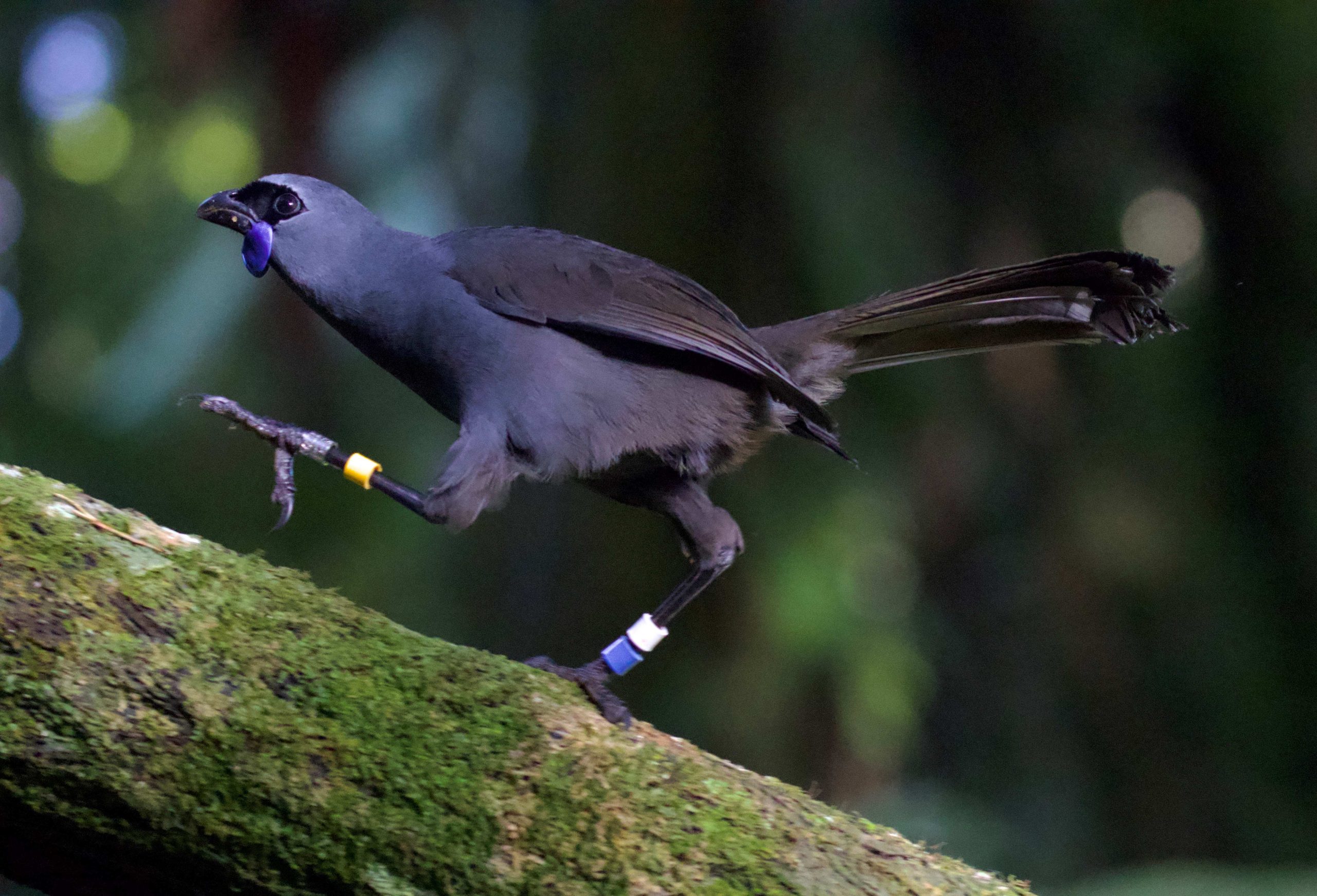|
Getting your Trinity Audio player ready...
|

Kōkako from the Hunua Ranges have been relocated to another recovery project for the very first time.
In mid-June, the Hunua Kōkako Recovery Project began moving up to 20 kōkako to Sanctuary Mountain Maungatautari near Cambridge.
Auckland Council said that once teetering on the brink of local extinction, the kōkako of the
Hunua Ranges have made an “extraordinary recovery” thanks to over 30 years of commitment from mana whenua, dedicated volunteers, council, and the Department of Conservation.
From a low point of just a single breeding pair and 23 individuals in 1994, the population now numbers an estimated 259 breeding pairs as of the 2022 census.
Chair of Auckland Council’s Policy and Planning Committee, Richard Hills, said this moment is deeply emotional and symbolic.
“The haunting, melodious call of the kōkako was nearly lost forever in Hūnua.
“Thanks to three decades of perseverance and hard work by volunteers, mana whenua and
council staff, we’ve turned that around. It is a success story that gives other conservation projects across Aotearoa huge hope and drive to keep going.”
Hills said to go from one breeding pair to now having enough to rehome some with other
sanctuaries and help their population thrive, was a profound way to honour that work and help ensure kōkako thrive across New Zealand for generations to come.
“This project shows why investing time and money into our environment is so crucial, we must continue work like this into the future to protect our precious native species.”
The Hunua project is funded by Auckland Council’s Natural Environment Targeted Rate, which continues to support pest control efforts, including a planned aerial 1080 operation in 2025.
The Hunua Ranges are now recognised by the National Kōkako Recovery Programme as one of only two mainland habitats to surpass 500 birds, and the project is praised for fostering strong genetic diversity.
Auckland Council says this was only possible through intensive pest control, including three aerial 1080 operations and thousands of volunteer hours maintaining 3000 bait stations and 700 traps across rugged terrain



